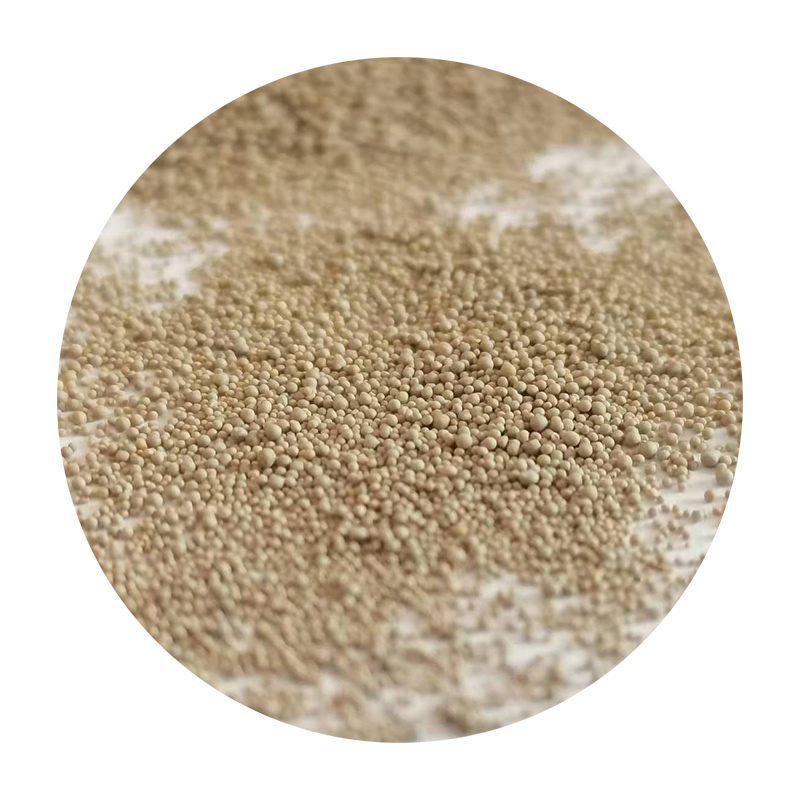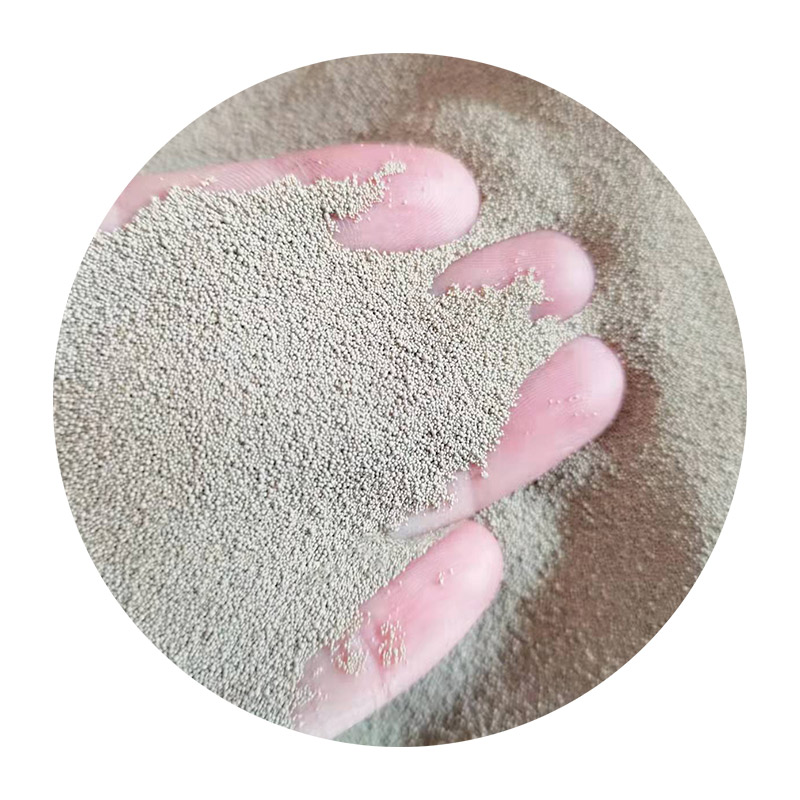

Beyond physical sanding, some professionals opt for a chemical smoothing process, such as using acetone vapor for ABS. This method mirrors the finish achieved through sanding but emphasizes your expertise in employing chemical treatment for post-processing. While effective, it also demands a comprehensive understanding of safety and material behavior under chemical influence—truly a testament to professional expertise and commitment to best practices. In talking about trustworthiness, selecting the right tools is inherent. Quality sandpaper and the right protective equipment ensure not only the best finish but also safe and sustainable working practices. Investing in these is a reflection of dedication to the craft and consideration for personal and environmental safety. In terms of products, consider the post-sanding options that enhance visual aesthetics and durability. Primers and paints can further hide sanding imperfections while adding color and protection. However, the true mastery lies in knowing when a print demands such enhancements, and when its natural, sanded look is sufficiently beautiful. Expertise in sanding 3D prints sets a standard for others in the field, providing a pathway to creating professional, market-ready products. It outlines a journey from beginner projects to sophisticated designs worthy of showcasing, underlining the importance of each step in the sanding process. Whether choosing to remain simple or venturing into chemical processes, each decision adds to an individual's authority and trust within the 3D printing community. Ultimately, sanding is more than just a step; it is an extension of the creative process, demanding dedication, skill, and a profound understanding of material science. Perfecting the art of sanding 3D prints not only elevates your creations but establishes a foundation for new innovations and standards in quality craftsmanship within the 3D printing industry. Post time:កុម្ភៈ . 10, 2025 11:33
Next:sanding 3d prints
